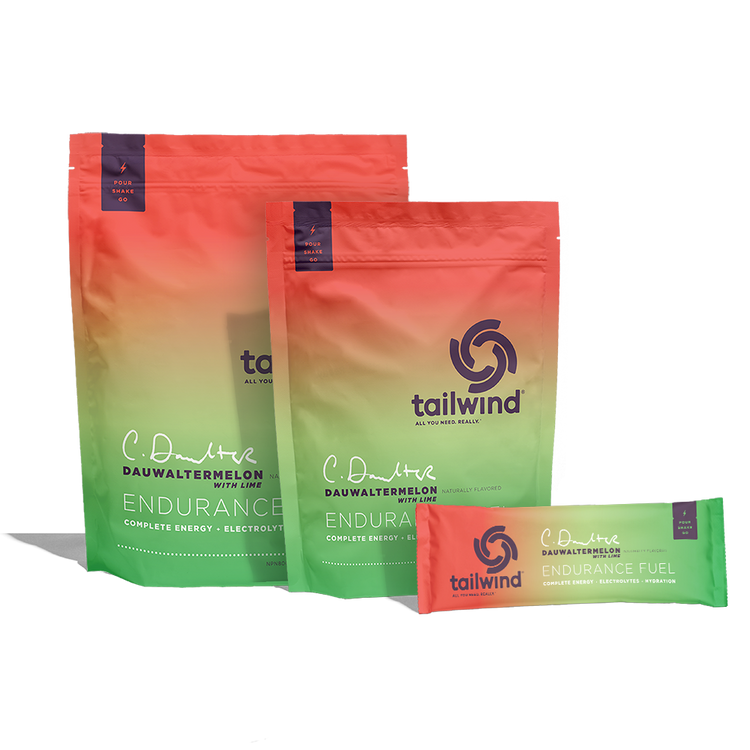Why Complete Proteins are Important
0 Comments
By Art Zemach, MD
You’ve probably heard a lot about complete and incomplete proteins. You may have heard statements like “that protein isn’t very good, because it isn’t complete,” or “vegetarians need to combine grains and legumes in order to get a complete protein.” Let’s talk about what it means to be a “complete protein.”
Complete Proteins
Proteins are made up of building blocks called amino acids. For the sake of simplicity, we’ll say there are nine essential and nine non-essential amino acids. The essential amino acids are called “essential” because the body cannot make them from other amino acids. The only way to get them is from your diet. Those nine essential amino acids have to be present in certain proportions relative to each other in order for your body to use them effectively. Proteins that have all those essential amino acids in just the right amounts are called complete proteins.
Very few proteins are entirely complete, or entirely incomplete. To paraphrase George Orwell, “some proteins are more complete than others.” Rice, for example, is low in some of the essential amino acids, so its protein is only partially complete. Beans are also low in some of the essential amino acids, but not the same ones as rice. So when you have rice and beans in the same meal, you’re still getting a partially complete protein, but one that is more complete than either rice or beans alone.
Just to be clear, the portion of a protein that is not complete isn’t harmful to you, it just isn’t useful to your body for rebuilding muscle. Your body will burn the incomplete parts as fuel, or store them as energy.
For Tailwind Recovery Mix, we take an organic rice protein, and supplement it with the amino acids it needs to become perfectly complete. This perfectly complete protein is then used effectively to rebuild your muscles after exercise.
Protein in Recovery Drinks
You may have noticed that many sports drinks that contain protein conform to a certain carbohydrate-to-protein ratio. They may have a 4:1 ratio, or a 3:1 or a 5:1 ratio. This ratio is based on calories. For example, a sports drink with a 4:1 ratio that contains 100 calories of carbohydrate will contain 25 calories of protein. A 4:1 ratio of carbohydrate-to-protein is probably ideal if you are intending that protein to be used as fuel. In that case, adding protein to your sports drink is a way to add more calories, without adding more carbohydrate. If that’s your goal, that’s fine, but the reason for adding protein to our recovery drink is to rebuild muscle.
Tailwind Recovery Mix has a roughly 4:1 ratio of carbohydrate-to-protein, but that has nothing to do with our method for determining how much protein to use. What matters is the quality of the protein, and how much of it is complete. Only complete proteins are used to rebuild your muscles. Another reason to care about the completeness of protein in your sports drink is that the nitrogen fraction of any incomplete protein must be processed as urea by your kidneys. Long, hard workouts can stress your kidneys, and that’s not a good time to increase their workload.
For the protein in Tailwind Recovery Mix, we start with an organic rice protein. We chose rice because allergies and intolerances to rice protein are extremely rare. Then we add individual amino acids until the protein is perfectly complete. What you end up with is 2x as much complete protein as chocolate milk, and nearly 3x as much as many other recovery drinks. As an added bonus, the amino acids in Tailwind Recovery Mix stimulate the release of insulin, which improves the replenishment of glycogen and the restoration of energy after exercise.






